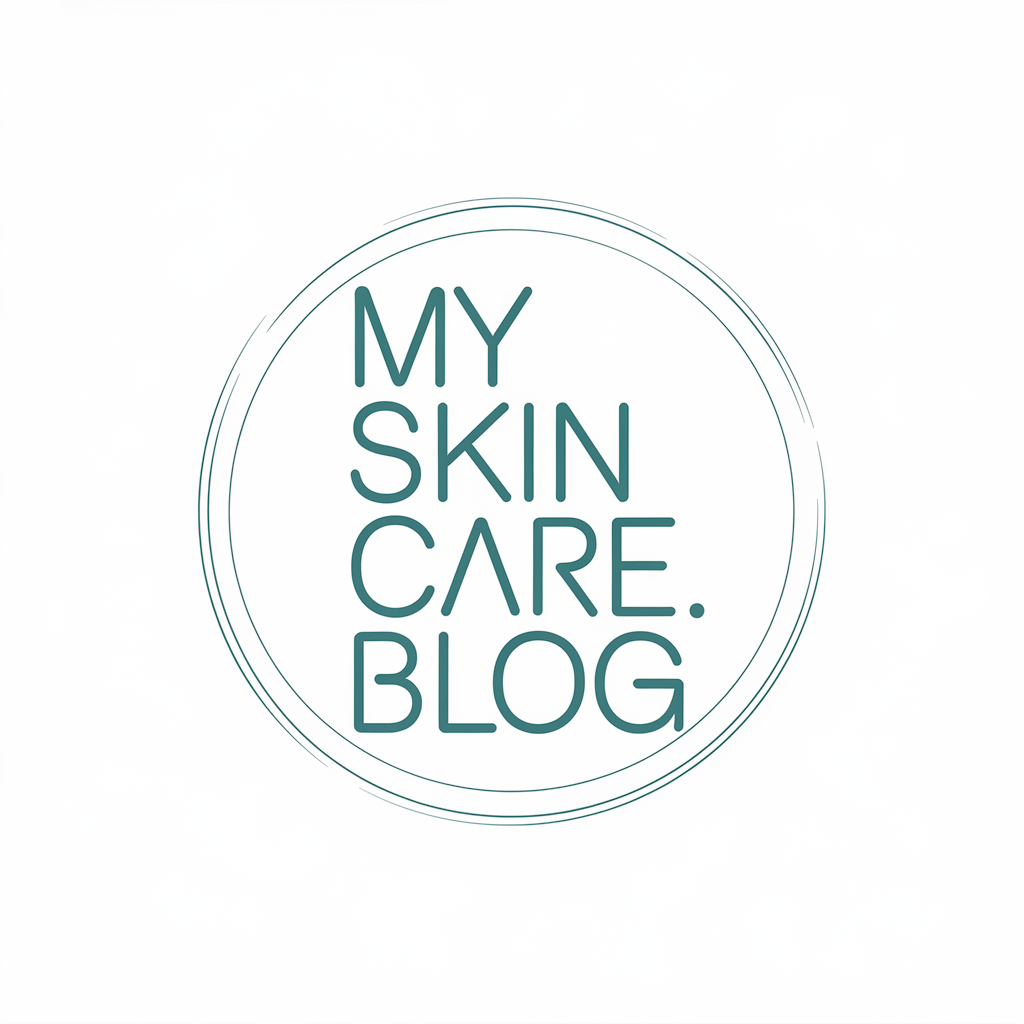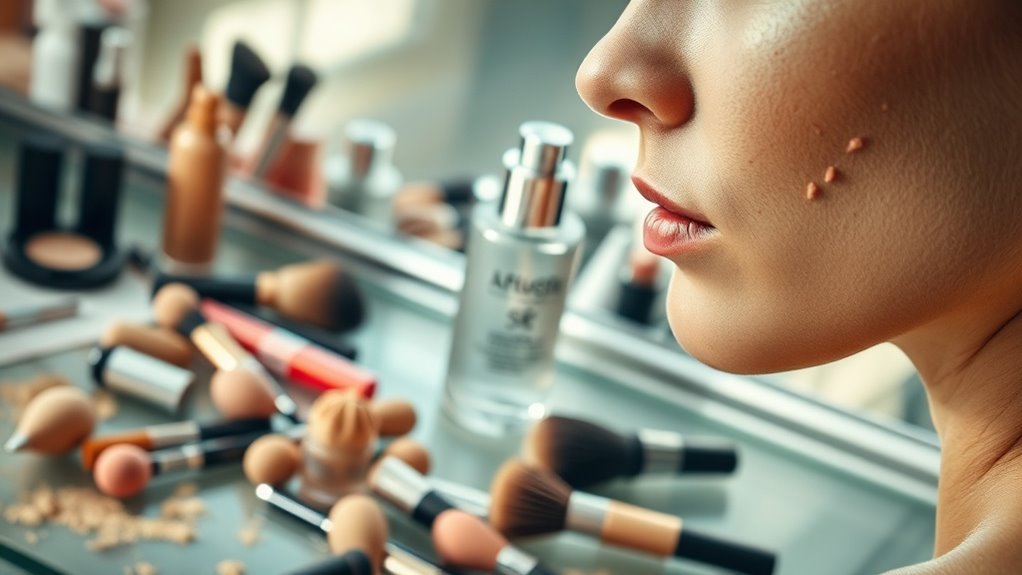Your Favorite Product Might Be Causing Your Breakouts – Here.s Why
You might not realize it, but your favorite skincare product could be the reason behind your breakouts. Many formulations contain comedogenic ingredients that clog pores and irritate your skin, leading to inflammation and acne. Even products that seem harmless could have components that don’t agree with your unique skin type. Curious about which ingredients to watch out for? There’s more to uncover about your product choices and their effects on your skin.
Common Ingredients That Trigger Breakouts
While you may rely on your favorite skincare products for a flawless complexion, certain common ingredients can actually trigger breakouts. Ingredients like sulfates, parabens, and heavy oils often clog pores, leading to inflammation. Additionally, synthetic fragrances can irritate your skin, exacerbating breakout causes. It’s essential to scrutinize labels and choose non-comedogenic options to maintain clear, healthy skin. To protect your skin, be aware of potentially harmful ingredients and opt for formulations that prioritize skin health.
Understanding Your Skin Type
Identifying your skin type is crucial for selecting the right products that won’t lead to breakouts. You can determine if you have oily, dry, combination, or sensitive skin by observing how your skin reacts to different environmental conditions and products. Each type requires specific care to maintain balance and health, so understanding your unique characteristics helps you choose effective and safe skincare solutions. It’s also beneficial to utilize professional techniques for accurate skin type identification.
The Role of Comedogenic Ingredients
Knowing your skin type can help you avoid products that might aggravate your complexion, especially those containing comedogenic ingredients.
These ingredients can clog pores, leading to breakouts.
- Oils like coconut and wheat germ
- Certain silicones and waxes
- Heavy fragrances
Understanding how these components interact with your skin is crucial for maintaining a clear, healthy complexion. Additionally, being aware of toxic ingredients in skincare can empower you to make informed choices and minimize the risk of unwanted reactions.
Choose wisely to prevent unwanted blemishes.
How to Identify Your Problem Products
Sometimes, pinpointing the products that cause your breakouts can feel like a daunting task.
Start by tracking your skincare and makeup usage alongside any breakouts. Look for patterns; note any products linked to flare-ups.
Pay attention to ingredients, especially comedogenic ones. Additionally, be aware that certain everyday habits can also contribute to acne breakouts, so consider how lifestyle factors may interact with your product choices.
Patch testing new products can also help you identify culprits before incorporating them into your routine fully.
Tips for Transitioning to Breakout-Free Products
Transitioning to breakout-free products can significantly improve your skin health and overall well-being.
To ease the switch, consider the following tips:
-
Focus on non-comedogenic ingredients to prevent pore blockage.
-
Gradually introduce new products to minimize irritation.
-
Choose products with anti-inflammatory properties to soothe your skin.
Incorporating products that control excess sebum production can further enhance your skincare routine.
This mindful approach can help you achieve clearer, healthier skin without overwhelming your complexion.
The Importance of Patch Testing
As you explore new skincare products, patch testing becomes essential to ensure compatibility with your skin.
This process involves applying a small amount of product on a discreet area and waiting 24-48 hours for a reaction.
Identifying potential allergens or irritants can prevent breakouts, rashes, or other adverse effects.
Prioritize patch testing to maintain skin health and avoid costly skincare missteps.





